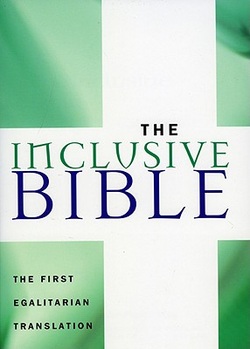
Nowadays (I already feel old, just typing that word), the litmus test for conservative vs. liberal arguments about new translations is more often about a different issue: gender language. Conservatives will often refer some new translations as "gender neutral," or even "unisex." Liberals will more often use the term "gender inclusive." Different translations take different approaches to this admittedly thorny issue. Some translations, such as the TNIV, succeed or don't succeed, based mostly on their approach to gender language. (The TNIV was discontinued by its publisher only six years after the complete TNIV was published.) I'd like to take a look at some of the translations that are well known as "gender inclusive," and give a few of my thoughts on the issue. In the interest of full disclosure, I am generally in support of gender inclusive language, when it doesn't disfigure the meaning of the text. The first Bible I really read a lot was the NRSV, which is well known for its use of gender inclusive language, and I was a fan of the TNIV. That being said, I'm not 100% in favor of the indiscriminate use of gender inclusive language in Bible translations. So now I give you the good...the bad...and the ugly. (With apologies to Sergio Leone...)
| The Good As mentioned above, I am quite in favor of a number of gender inclusive Bibles: the NRSV, the TNIV, and the CEB are a few that I use quite a bit, and the NLT has long been a favorite as well. In general, I think these translations do a pretty decent job of handling the gender language. Let's look at a line from Psalm 8 that is a good illustration:
|
| The Bad Look at this excerpt from The New Testament and Psalms: An Inclusive Version. Apparently the NRSV was not inclusive enough for some folks; so this version is a revision of the NRSV, that tries to be really inclusive. Let's look at John 1:1-4...
|
The Inclusive Bible: The First Egalitarian Translation is almost as bad. Much like the reworking of the NRSV mentioned above, this Bible eschews gender pronouns as much as possible. It's a bit more poetic in style than The New Testament and Psalms: An Inclusive Version; for example, in John 1:18, the Inclusive Bible reads, "...it is the Only Begotten, ever at Abba's side..." (Apparently, it's okay to use a gender specific non-English word like "Abba.") It's a definite improvement on "Father-Mother," but the translators still have to jump through hoops to avoid certain pronouns, leading to endless repetitions of "the Word."
Some translations aren't necessarily all that bad, but they aren't always great. Which brings us to...
Some readers may find it a bit disingenuous of me to include here a translation that I've said above that I like: the Common English Bible (CEB). Here's the problem: in general, I like the CEB; I find its use of contractions refreshing, a lot of the traditional religious terminology is translated in more understandable terms, and its approach to gender language is usually quite sensitive. However, there is one phrase that still grates on me every time I read it: "the Human One." Ben adam in the Hebrew, and huiou anthropou in the Greek, traditionally translated "son of man," are often translated "human one" in the CEB. "The Human One" (with the distinctive capitalization) is used in place of "Son of Man" throughout the New Testament as a title for Jesus. I understand, I really do, what they're trying to emphasize here: "son of man," they believe, is supposed to emphasize the humanity of Jesus, an integral facet of the Incarnation. Much of the research done by the CEB translators indicated that a lot of Christians, when asked what "Son of Man" meant, responded that it affirmed the divinity of Christ! Therefore, in Matthew 3:17 the CEB says, "This is my Son whom I dearly love..." The language of Jesus as Son of God is retained. The thing that bothers me the most about the phrase is that "the Human One" sounds to my ear like dialogue from a 1950s sci-fi film: "Human one, take us to your leader." Every time I read it I have that same reaction.
- "...what is mankind that you are mindful of them, human beings that you care for them?" (NIV 2011)
The Good, the Bad and the Ugly... it barely scratches the surface, when it comes to the debate about gender inclusive language. One thing I'd like to point out, though: I really am bothered when I read references to gender inclusive translations as "politically correct." From what I know of the committees that have produced these versions, for better or worse, I really believe that the agenda is less political than it is a genuine attempt to grapple with the meaning of Scripture, as well as the differences between English and the original languages. I'm not naive enough to believe that committees don't have agendas, but I find the suggestion that "liberalism" is causing whole groups of conscientious translators to somehow forsake the Word of God is one that I find offensive in the extreme. I, for one, am glad that translators have grappled with the issue, even if the results aren't always to my personal tastes. Thanks for reading, brothers and sisters...

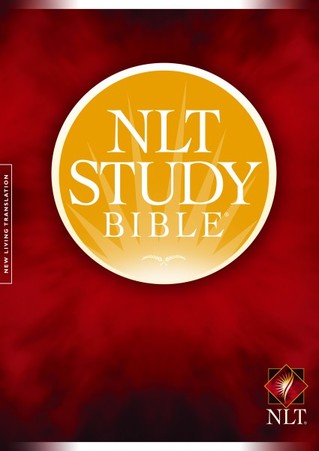
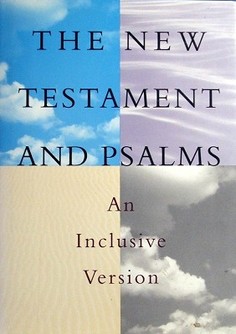
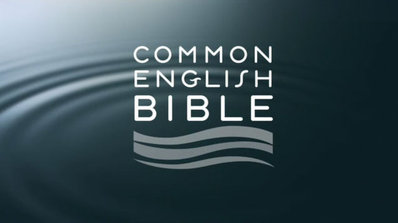
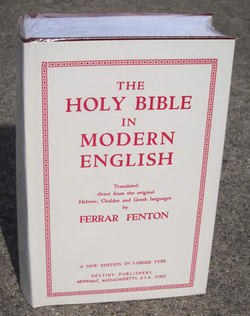
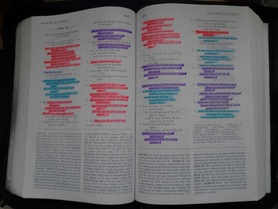
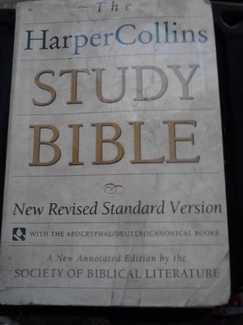
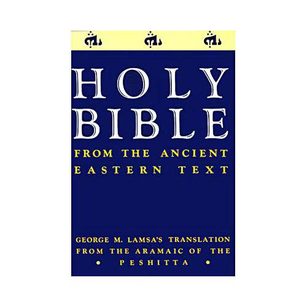
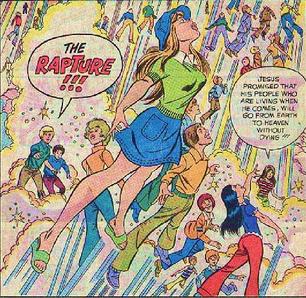


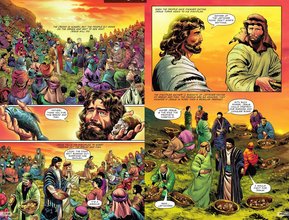
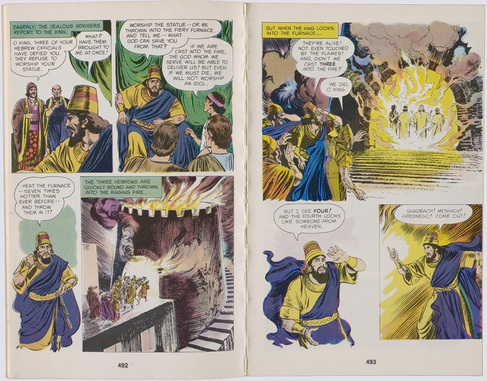
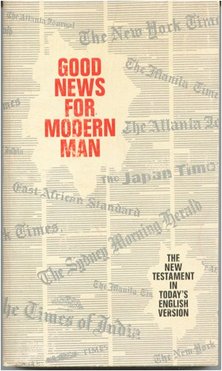
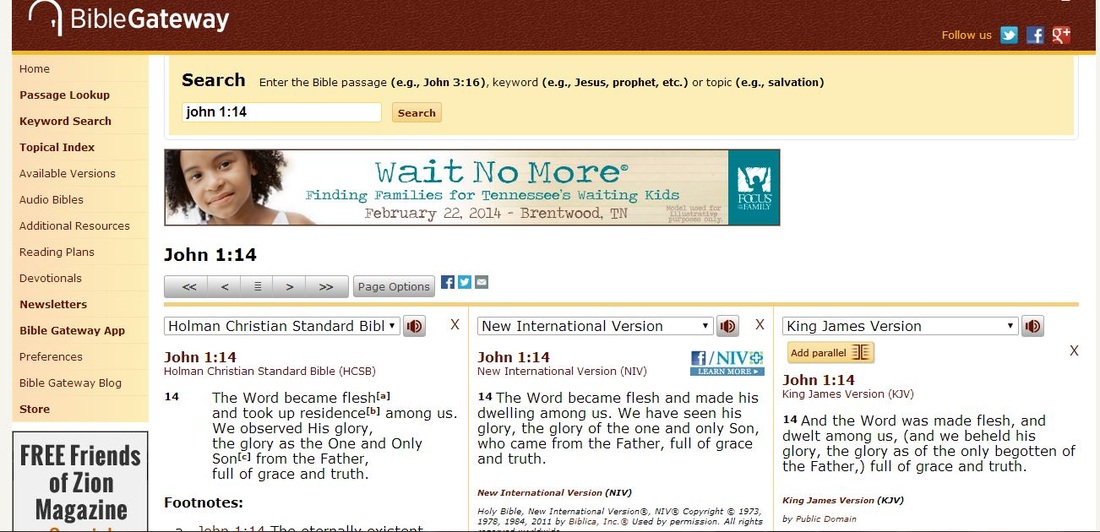


 RSS Feed
RSS Feed
